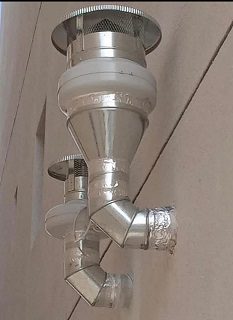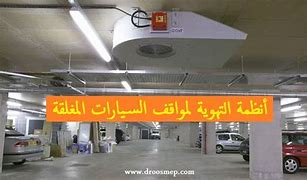
Central ventilation is the removal of unpleasant odors using fans connected to a duct in order to throw them outside the building.

The kitchen produces odors and fumes as a result of the burning of fats, which are considered one of the most harmful pollutants to human health and the environment. We notice fat deposits on the furniture and kitchen pieces. Therefore, we must design and choose a ventilation system that ensures high suction efficiency for these fats and fumes in the shortest possible time in order to prevent their spread inside. the home.

* There are considerations that must be taken into account when choosing a kitchen ventilation system, which are choosing the appropriate fan, calculating the path and length of the duct, as well as calculating the resistance of the filters so that we can exclude as much as possible the leakage of odors, vapors, and fats resulting from cooking.
* A distinction must be made between the main kitchen chimney, which needs high technical specifications, and the pantry kitchen chimney, which needs lower specifications.

* For kitchens above the stove for cooking food, there are chimneys with an air curtain, where the chimney pushes an air curtain to prevent smoke and fumes resulting from combustion from escaping away from the air suction field and spreading in the house.

* For bathrooms, excess humidity must be taken into account, in addition to unpleasant odors. Therefore, the rate of changing the air in bathrooms must be between 6 and 10 times per hour.
* The air pressure in bathrooms must be negative pressure in order to allow air and odors to leave the bathroom instead of entering inside.

* Small fans, or so-called extractors, can also be installed to extract odors and throw them outside the building, as shown in the following picture.

The system works on suction fans that pull air through a duct network distributed in different places depending on the size of the place
